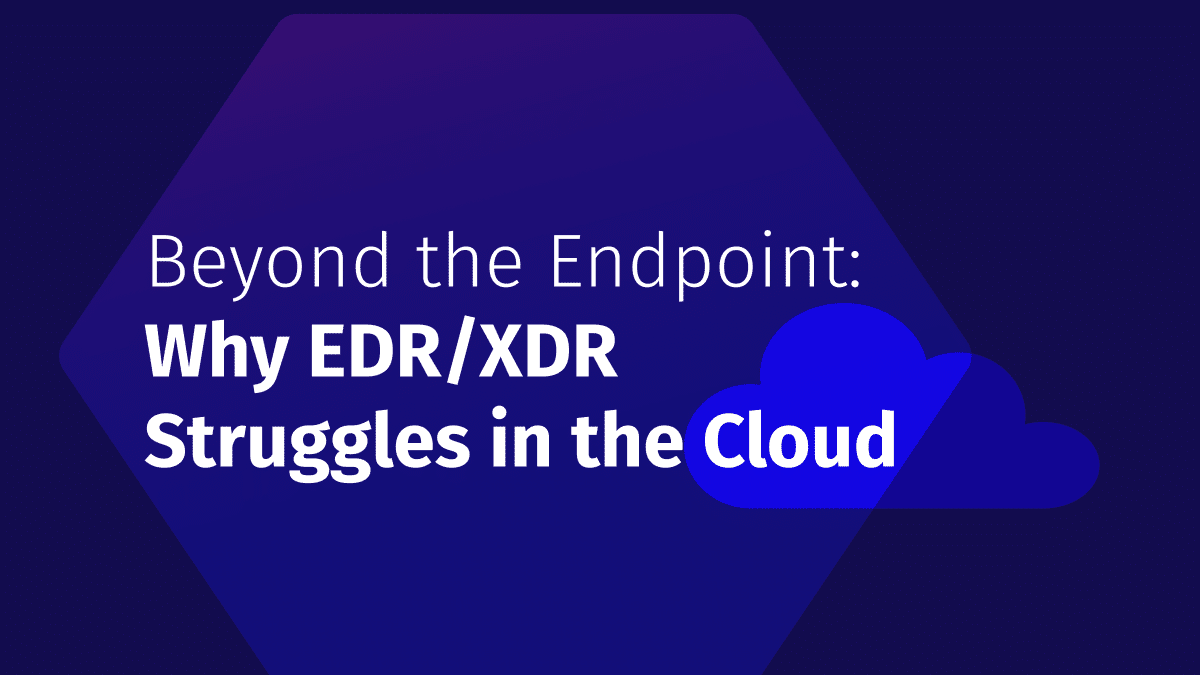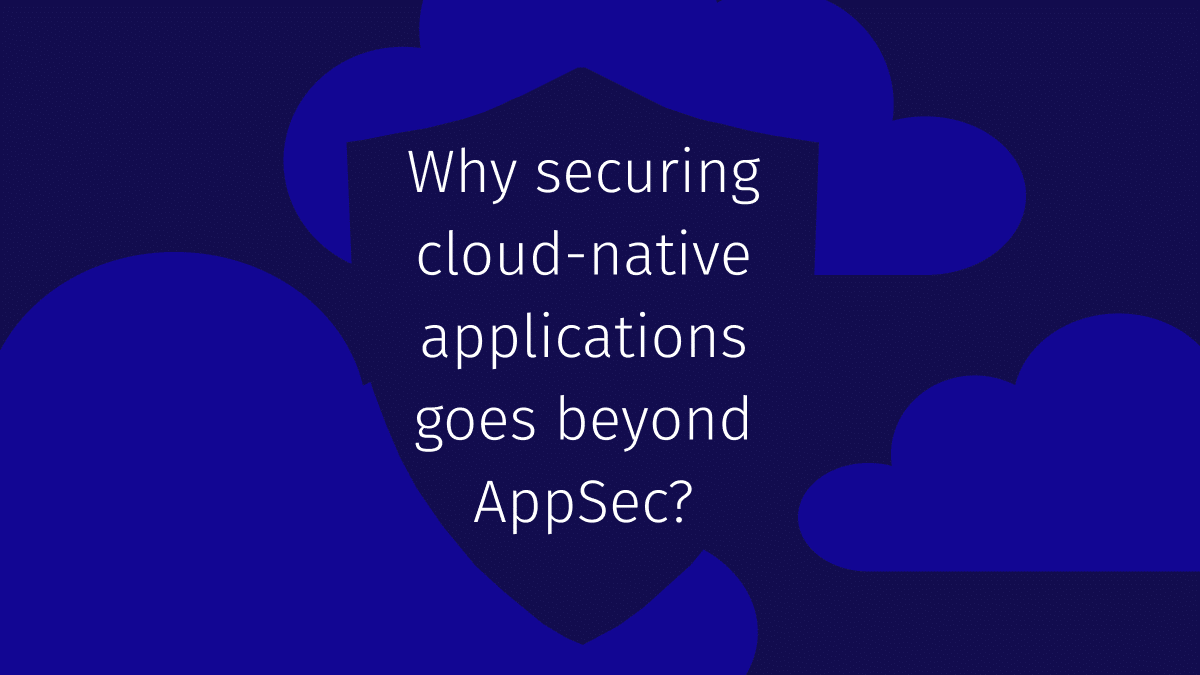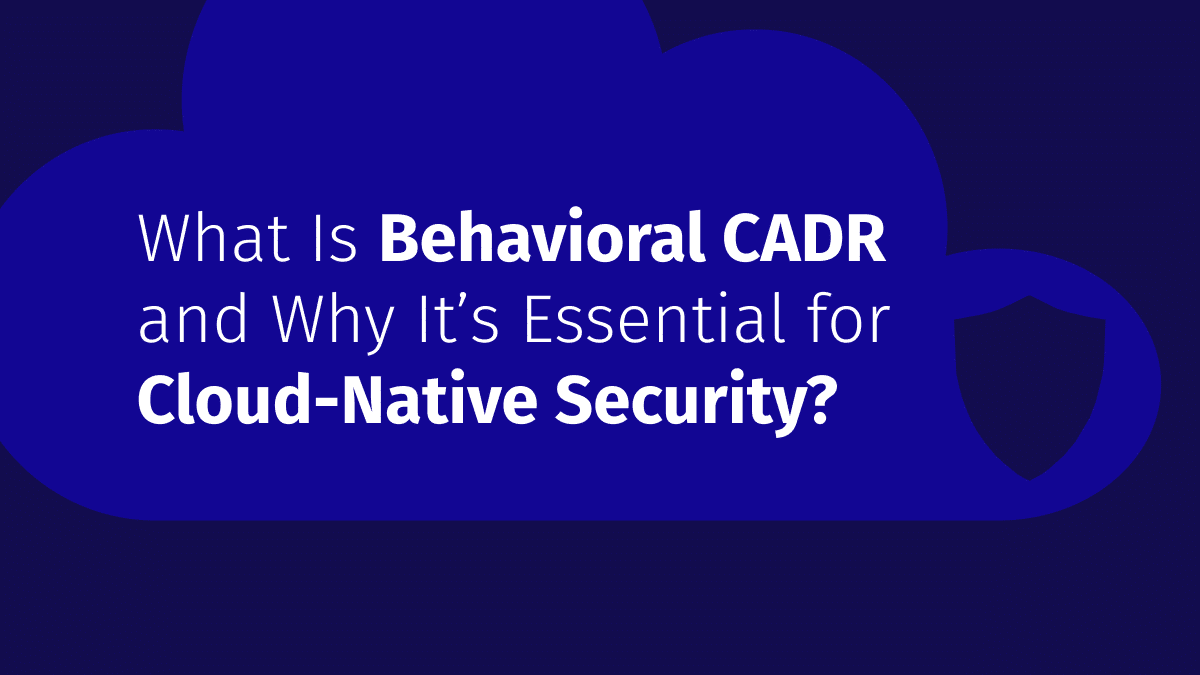Beyond the Endpoint: Why EDR/XDR Struggles in the Cloud
The cybersecurity landscape has dramatically shifted with the rise of cloud computing. While Endpoint Detection...

Sep 17, 2024
As more organizations move their critical infrastructure to the cloud, ensuring security has become a top priority. This is where Cloud Security Posture Management (CSPM) comes in. CSPM solutions validate the configuration of cloud services from a security perspective, ensuring alignment with best practices and compliance frameworks such as CIS Benchmarks, PCI-DSS, NIST, and others.
CSPM tools help identify misconfigurations that could lead to security risks, vulnerabilities, data exposure, and compliance failures. There are a lot of commercial vendors that took the challenge solving this problem for companies, however a wide variety of open-source CSPM tools available, this blog will explore some of the most effective projects in the space, from early efforts to more comprehensive platforms.
Early efforts in cloud security laid the foundation for today’s advanced CSPM platforms. These tools helped define cloud security best practices and filled a critical need when cloud usage rapidly grew.
These projects helped establish the importance of automated cloud security assessments and laid the groundwork for the modern tools we use today.
Modern DevOps practices dictate the use of Infrastructure as Code (IaC) and its importance is bigger than ever. This practice enables reusable, reproducible, and well-controlled deployments. Security of the cloud configuration has also been shifting toward IaC since this is the place where security can validate configurations before the solution is deployed.
For this reason, modern CSPM tools are shifting left, addressing security during the pre-deployment phases by scanning IaC files before deployment. This proactive approach ensures that security is built into the cloud infrastructure before it is even provisioned. Here are some notable tools in this space:
Developed by Aqua, Trivy started as a tool for scanning container images. It has since expanded its scope to include security scanning for cloud infrastructure and Kubernetes clusters. With its simple CLI interface, Trivy can check IaC configurations (such as Terraform) and detect vulnerabilities and misconfigurations in both containers and cloud resources.
Developed by Checkmarx, KICS is a highly effective open-source tool for scanning infrastructure as code. It supports a wide range of IaC frameworks, including Terraform, AWS CloudFormation, Ansible, and Kubernetes. KICS is capable of detecting misconfigurations, insecure coding patterns, and policy violations before any infrastructure is deployed, making it a valuable addition to DevSecOps pipelines
Developed by Bridgecrew, Checkov is another powerful IaC scanning tool. Like KICS, it scans Terraform, CloudFormation, and Kubernetes manifests for misconfigurations and vulnerabilities. Checkov provides users with rich context around potential issues, such as which cloud service is affected, why it matters, and how to resolve it. It’s widely regarded for its accuracy and ease of use.
These tools enable development and security teams to catch misconfigurations early in the process, reducing the risk of security issues in production environments. They can be integrated into the CI/CD processes, taking advantage of modern automation and change management.
As more and more deployments move to code-driven infrastructure, these tools are becoming more common than live system management tools.
While IaC scanning tools focus on pre-deployment security, taking a bigger and bigger part of the security processes, other CSPM platforms offer comprehensive solutions for ongoing security management of live systems. These tools include management interfaces, reporting dashboards, and continuous cloud API scanning to monitor live environments. Security teams will never be able to completely rely on IaC scanning because they must monitor the live systems themselves. Therefore, these great projects come in handy for everyone.
Wazuh is an open-source security platform that offers real-time monitoring, intrusion detection, and cloud security monitoring. It includes robust compliance checking against industry standards and best practices for cloud environments. Wazuh is a full-featured platform with a user-friendly management UI that supports centralized management and reporting across multiple cloud environments.
Prowler is predominantly a command-line tool designed specifically to audit cloud environments in the big three cloud vendors. It performs security assessments based on multiple frameworks, among them the CIS AWS Foundations Benchmark and AWS best practices. Prowler is lightweight, efficient, and often used to perform scheduled security scans on cloud APIs. It also has a graphical user interface that can be used to view results.
Deepfence ThreatMapper is an open-source platform designed for cloud-native environments. It provides visibility into vulnerabilities within your infrastructure and workloads, including cloud configurations. It also supports Kubernetes and container environments, providing end-to-end security monitoring. Its intuitive UI makes it easy for security teams to identify threats and address them in real time.
OpenCSPM was a promising project that brought together some well-known contributors from the open-source security community. It aimed to deliver comprehensive cloud security posture management with features like multi-cloud support, scheduled scans, and rich reporting. However, despite initial excitement, the project is not as active as it used to be.
Beyond validation and monitoring, some open-source projects focus on data acquisition—collecting raw data from cloud environments to help organizations analyze their cloud security posture in more depth. These projects feed valuable data into other tools or processes for security assessments, asset inventories, and compliance checks.
CloudQuery takes a novel approach by converting your cloud infrastructure data into a queryable format using SQL. With CloudQuery, you can pull in data from various cloud services and platforms and analyze it for vulnerabilities, compliance issues, or asset management purposes. It is highly extensible, supporting custom policies and queries.
Magpie focuses on data acquisition and processing for security audits and analysis. Designed for multi-cloud environments, Magpie collects information from a variety of sources and services to help teams gain visibility into their cloud infrastructure. Its primary strength lies in offering the raw data necessary for further integration with other CSPM platforms and security tools.
Open-source CSPM tools have come a long way, with options available for both pre-deployment scanning and ongoing cloud security management. Whether you need to scan infrastructure as code for vulnerabilities, monitor live environments for misconfigurations, or gather cloud data for analysis, there’s a tool in the open-source ecosystem for you.
Interestingly, most tools are backed by security companies and only a few are community-initiated or driven. Wazuh, Prowler, and Deepfence Threat Mapper, have their commercial offering while Trivy, KICS, and Checkov, are integrated into their respective owners’ platforms.
As cloud adoption continues to grow, integrating CSPM tools into your workflows will be critical to maintaining a strong security posture. Open-source tools offer a cost-effective, highly customizable path to securing your cloud environment, though they require more investment on the operations part.

The cybersecurity landscape has dramatically shifted with the rise of cloud computing. While Endpoint Detection...

In today’s landscape of microservices, Kubernetes, and cloud environments, attacks can come from multiple vectors,...

In this blog post, we will introduce the concept of behavioral Cloud Application Detection &...